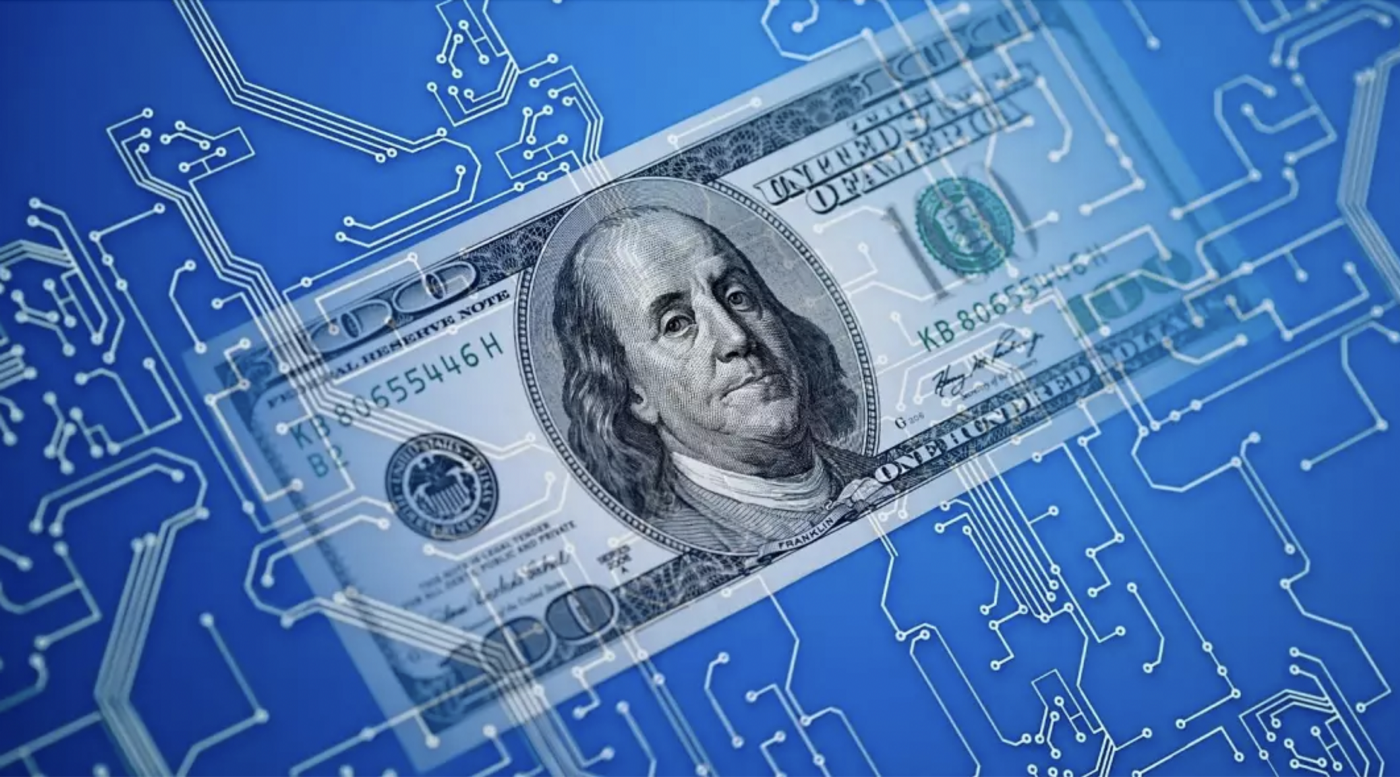
Along with talking about CBDC, we may encounter such a concept as “E-cash”. Using the material taken from the OMFIF website, we tried to reveal the topic of CBDC and “E-cash”: differences, goals, achievability.
An article was published on the OMFIF website regarding the development of CBDC and the future of digital cash and CBDC (Central Bank Digital Currency) in the US. OMFIF is an independent think tank in the field of central banking, economic policy and public investment, providing a neutral platform for interaction between the public and private sectors around the world.
The article mostly interviews Andreas Jobst, the chief economist for ROXE, a blockchain company, and global head of macroeconomic and capital markets research at Allianz, one of the world’s largest insurers and a researcher at IMF.
As per Jobst, since the use of cash is decreasing and the public’s access to money is further shifting from the central bank to the commercial banks. From this point of view, the appearance of a digital equivalent is justified because it overcomes the growing opportunity costs of holding cash.
Jobst assures that a well-designed CBDC can protect privacy while at the same time being able to identify transactions for legal or regulatory purposes.
Meanwhile, the absence of centralized supervision and control could lead to risks for the rest of the world. “Without proper safeguards,” Jobst warned, “it could facilitate illicit flows and make it harder for regulatory authorities to enforce foreign exchange restrictions and capital flow management measures.’
CBDC could be used as contemporary digital payments to transfer ownership of money from one registered account to another. But the crucial difference between CBDC and existing digital payments is whose liability it is. For existing digital payments these are commercial banks, and for CBDC it is the central bank.
The central bank cash that we use every day is used with relative anonymity, carried out on a peer-to-peer basis. Digital cash can reproduce these qualities by providing the means to make digital payments privately.
The article touches upon an interesting proposal by Stephen Lynch, a Democratic member of the House of Representatives of the US Congress. He sponsored the Electronic the ECASH Act (the Electronic Currency and Secure Hardware Act), which would task the US Treasury (not Fed) to create “E-cash” without blockchain tech. This is as close as possible to the digital reproduction of paper cash — like a electronic device with a balance on it.
The main advantage declared for e-cash is the ability to use it without internet access or in the absence of using a traditional banking system. It is also significant that there is no commission for transactions or withdrawals. Such advantages have become possible because e-cash is token-based, rather than account-based. On the other hand, in such e-cash design if you lose the hardware on which your currency is stored, it is the same as losing a wallet with cash — it cannot be recovered. Digital currencies that are stored on a registered account are much easier to recover.
However these features of e-cash are not unique — we wrote before that certain designs of CBDC that did envisage token based options and offline use as well.
The part of Lynch’s proposal to move the responsibility from the Fed to the Treasury is much more significant. Traditionally, the money supply remained under the jurisdiction of the central banks that are independent from the Governments.
Jobst does not see any risks in US Treasury’s E-cash. He believes that it will not change characteristics of money aggregates, since physical printing of cash and coin minting was done by Treasury anyways. In this regards, it represents merely a new medium of payment, along with bank transfers, rather than new form of money, like CBDC or crypto.
The original article can be found here. Please share your thoughts in comments.
